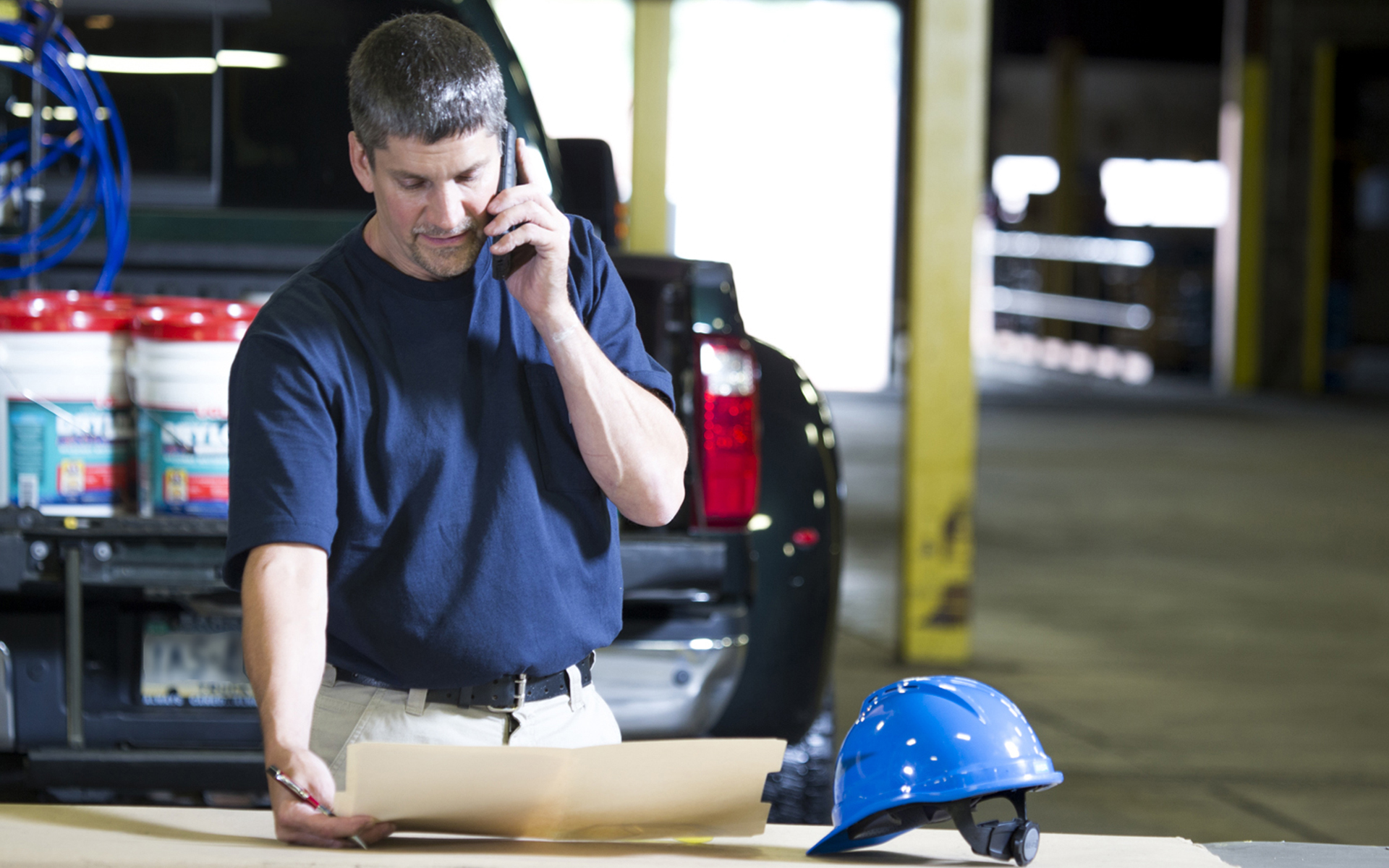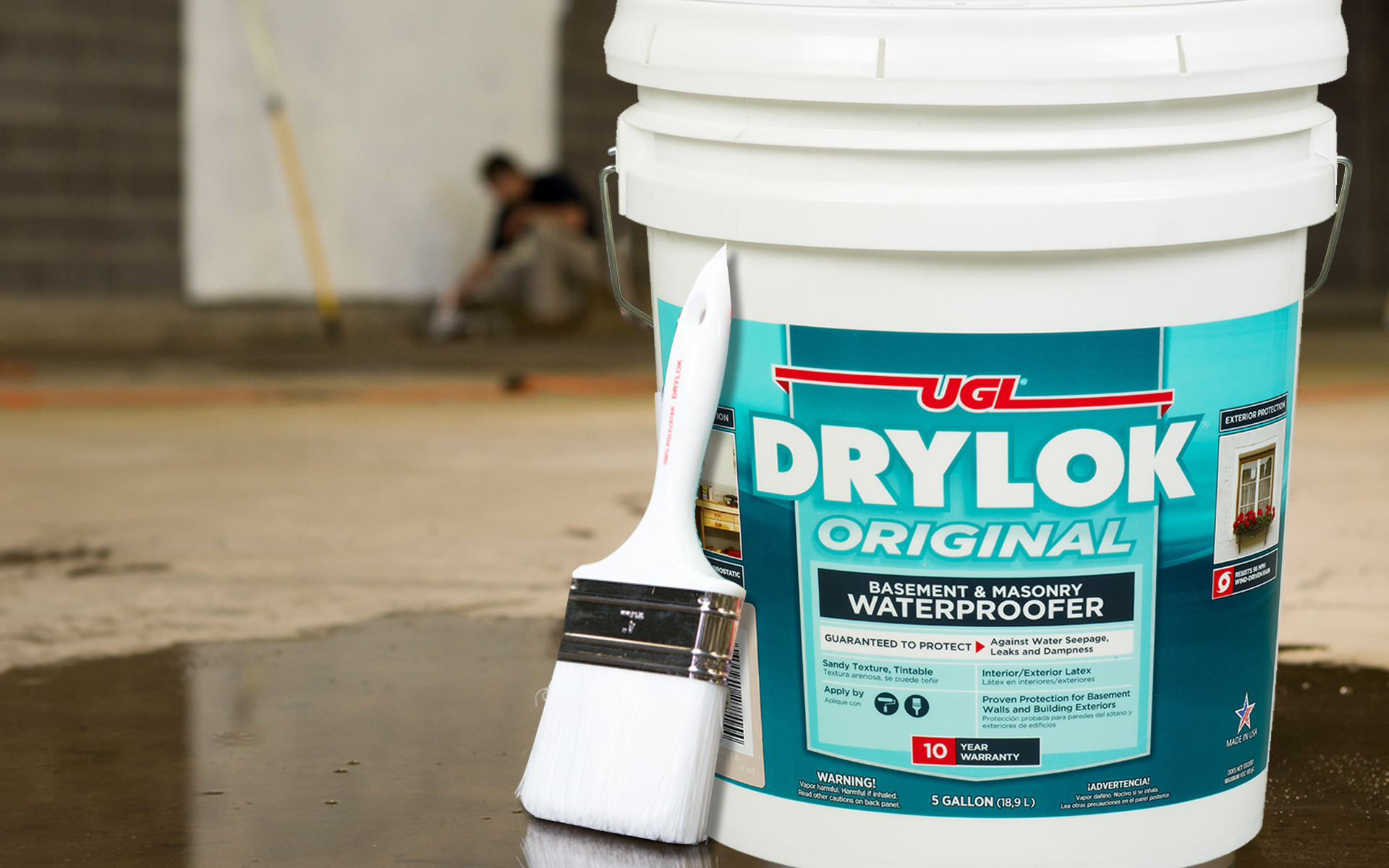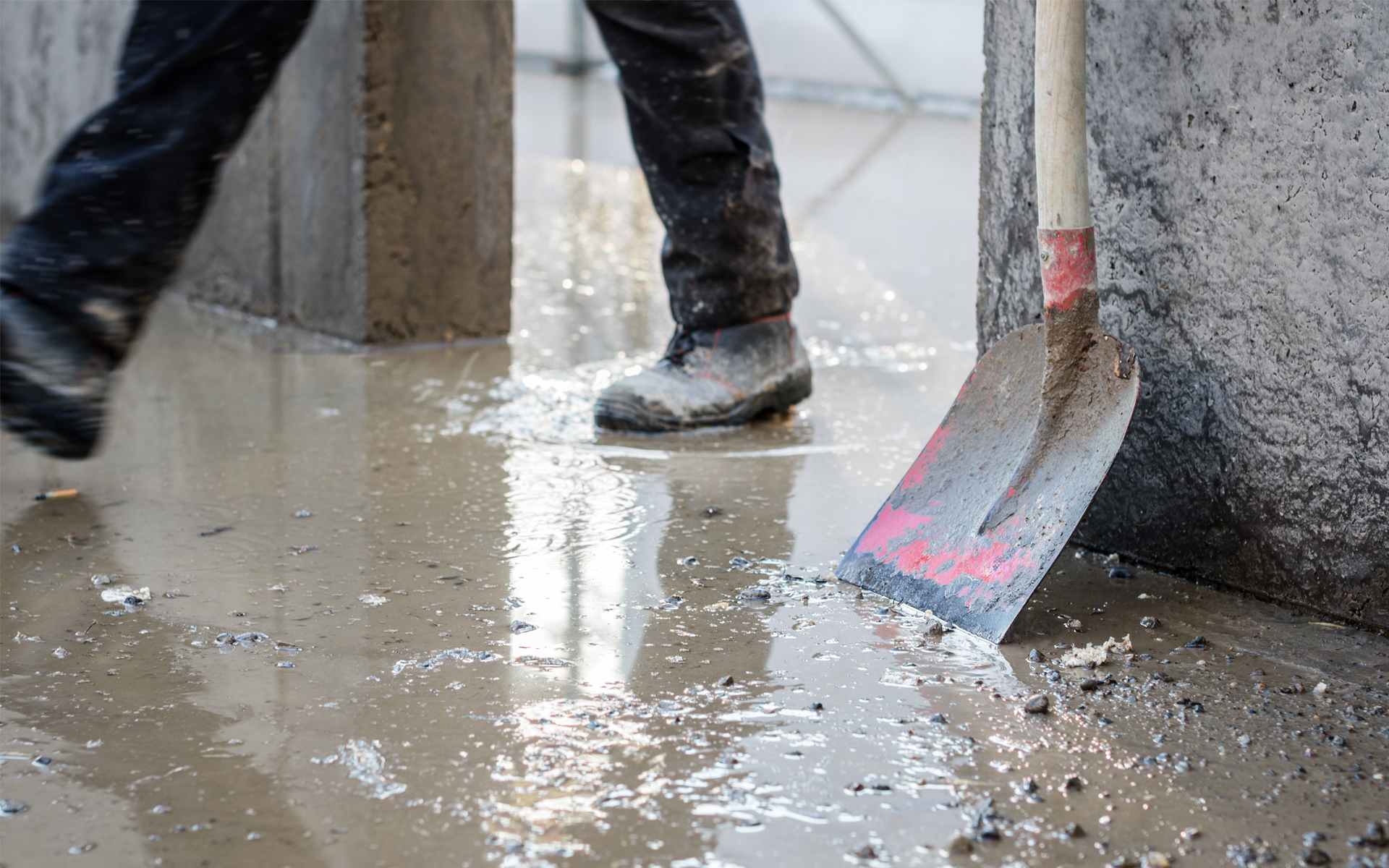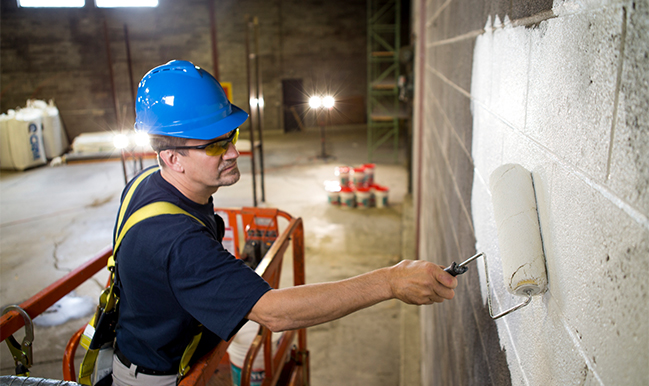5 Biggest Dry-In Mistakes

1. Not knowing the need for dry-in
What is dry-in? General contractors use the term dry-in to define that time during construction when the envelope is sufficiently “dried-in.” This allows installation of weather-sensitive materials, such as drywall to begin.

The dry-in process allows the finishing work to occur on the interior before the outside construction is complete. On high-rise construction, the term does not mean that the entire envelope has been in place, but that a given floor, being sufficiently “dried-in” that drywall can begin. i.e., the general contractor is pouring floor 40, floor 35 has had the shoring removed, the exterior envelope is installed through floor 25, and the general contractor has taken temporary protective measures at floor 20 to control rain penetration through shafts and other floor penetrations so that from floor 18 downward the drywall can be installed.

2. Dry-in too late
Weather is unpredictable, and the property damage it causes can add both cost and time to a building project. While it’s impossible to fully predict and react in a timely fashion to strong winds and storms, a documented and practiced contingency plan can help contractors prepare for the unexpected.
It is important not to wait until heavy rains arrive to conduct the dry-in. At that point, building materials may have already gotten wet and, without proper drying time, can start to grow mold and mildew. Also, if building materials get wet, they will be rendered unusable. Using the same dry-in method from job to job saves time and money with bulk buys, use of access material, and a clear process of application.
3. Choosing the wrong product for dry-in
Many contractors overlook simple, cost-effective solutions for dry-in, such as liquid applied negative waterproofing, for very costly alternatives. There are contractors that enforce the use of interior gypsum wallboard with fiberglass mats instead of the paper facings to protect, “just in case” finishing starts before dry-in. There is also a stipulation that any gypsum board that gets wet, for any reason, is removed entirely and replaced with new material. At this point, money is being thrown into the trash. Yes, indeed, the risk for mold is too high when building material gets wet; however, a built-in stipulation for precaution is much more effective. Speed to market is everything. How can you get things done faster without cutting corners? Building is as old as Noah’s Arc but process can be innovative and progressive, checkout this link (https://www.bdcnetwork.com/speed-market-defines-general-contractor-activities-2020 )
Some general contractors use a shrink wrap systems. This is a very costly system that will be removed before finishing. This cost is not recouped, creating more waste, and has no advantage once the interior is complete.
You will not have to remove liquid applied negative waterproofing. It creates a clear advantage for moisture defense prior to insulation and even after the insulation install by continuing to keep moisture and wind-driven rain out.

4. Thinking there is no need for dry-in
There are very few other floor or wall coverings that, routinely exposed to water over time, will not deteriorate. Protect your site and project timeline by evaluating site-specific risks, properly securing materials and equipment, and anticipating alternate construction plans.
A dry-in plan for every project is a must. Water is one of the leading causes of damage to buildings under construction. Heavy rains can enter the exterior building envelope through unfinished window and door openings. Concrete structures are especially at risk of acting like a sponge and soaking up moisture, causing more damage and more extended dry out periods. Not to mention, wet building materials promote the growth of mold and mildew.
5. Over complicating the process
Apply liquid applied masonry waterproofers on the negative side of the structure with the ease of a paint brush. In addition, there is no waste due to mismeasuring; no gaps due to sheet seams; no worry of heavy winds destroying barriers. Liquid applied masonry waterproofers come in latex base formulas, like DRYLOK Original Masonry Waterproofer (https://www.drylok.com/products/drylok-original-masonry-waterproofer.php), making application and clean-up a breeze. Over complicating a simple process can cost valuable time and money.



